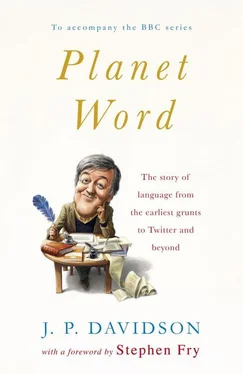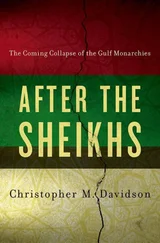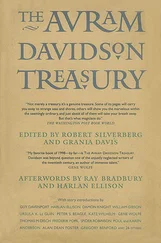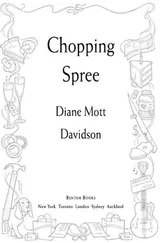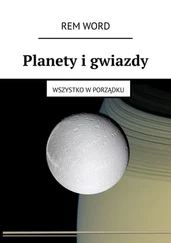Phoenician was the first widely used script in which one sound was represented by one symbol, and it’s been called the Mother of Modern Writing. The Aramaic alphabet, a modified form of Phoenician, was the ancestor of the modern Arabic and Hebrew scripts. The Greek alphabet, and its descendants — Latin, Cyrillic and Coptic — was a direct successor of Phoenician, though the Greeks changed certain letters to represent vowels. The big move the Phoenicians made was turning a symbol for a thing into a symbol for a sound. For example, in the case of the letter aleph which was formed in the shape of a head of an ox, the Phoenicians transformed it from a representative symbol to an arbitrary mark that didn’t have to resemble an ox head any more, and stood for a sound, something like aak .
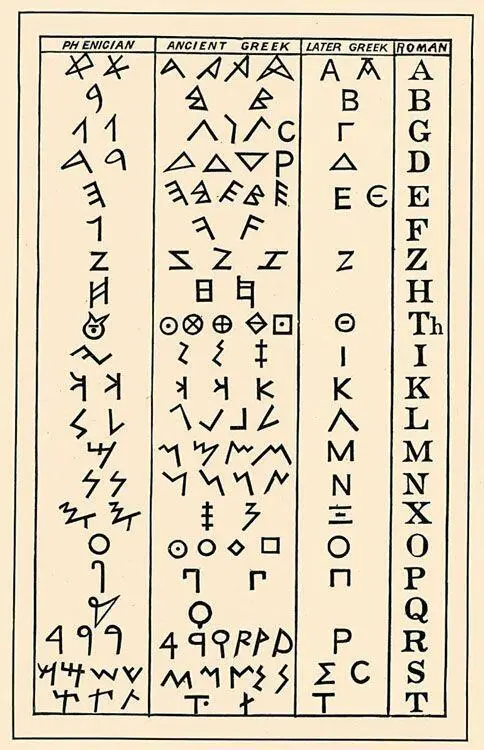
Comparison of ancient Phoenician, ancient Greek, later Greek and Roman Alphabets
We don’t have many surviving examples because the Phoenicians wrote on papyrus and shells, not on tough, solid clay which was preserved by firing. They didn’t seal their scrolls in jars like the Egyptians or preserve them in tombs, so much has disintegrated in the salty sea air of the Mediterranean. However, they did mark their possessions and objects they made with names and inscriptions, and later also to commemorate the dead on tombstones, and we do have fragments dating back to the ninth century BC which show this non-cuneiform alphabet.
The letters themselves are angular and rough-looking, and the alphabet only contained consonants, rather in the way other Semitic languages like Hebrew and Arabic are often written without vowels. The twenty-one letters were usually written from right to left and incised with a stylus.
The Phoenicians were a tremendously successful maritime culture, the trading kings of the Mediterranean, and they moved around, making lots of money and contact with different cultures from north Africa to Greece. And as they travelled and traded, they spread this new writing system, knocking down the old barriers of an elite writing class. The Assyrians had their form of writing, and the Egyptians theirs, but they kept them to a priestly caste, a sort of scribal closed shop. The Phoenician alphabet was much easier to learn and it was widely disseminated among all sorts of people and cultures. The Greeks and Phoenicians traded with, learned from and influenced each other, and the Greeks ended up taking the Phoenician alphabet and amending it to suit their own language. A clever Greek must have sat down one day and looked at the writing and thought, ‘Yes, the sounds we make that we’ve never written down could be written down using this symbol code.’
So they systematically analysed each phoneme in Phoenician, along with the correspondence between these sounds and Phoenician letters; then did the same analysis with Greek, and eventually matched almost every phoneme in the Greek language with a Greek letter. They changed some of the letters for consonants which didn’t exist in Greek, and used them instead for vowels. And so were born A ( alpha ), E ( epsilon ), O ( omicron ) and Y ( upsilon ). I ( iota ) was an innovation.
Immediately this new alphabet was also transferred to other places, notably Italy, where the Etruscans and then the Romans took it up and adapted it further. And the Romans gave it to us.
A final irony: the Greeks might never have used their alphabet, and so we might never have got ours because, at first, educated Greeks, most famously Socrates, considered their highly developed oral culture superior to a written culture. Socrates felt writing posed serious risks to society — he considered writing to be too inflexible, damaging to memory and he worried about superficial understanding by the untutored reader. Fortunately, Socrates’ student Plato ignored his mentor and wrote all this down for posterity.
In central Jerusalem there’s an unearthly-looking white domed structure, a bit like a meringue spaceship. This is the Shrine of the Book, a special climate-controlled building where some of the world’s most precious religious documents are housed. The most famous documents here are the Dead Sea Scrolls, 30,000 separate fragments making up 900 manuscripts of biblical texts and religious writings from the time of Jesus which were discovered in caves in the Judaean Desert. They’re considered one of the most important archaeological finds of the modern era.
For the past eighteen years, the Israel Antiquities Authority has been working out how to preserve these priceless fragments of the past. They’re so precious and so fragile that only four highly trained conservators are allowed to touch them with tweezers and rubber gloves.
The texts are of great religious and historical significance, as they include the oldest known surviving copies of biblical and extra-biblical documents. They’re written in Hebrew, Greek and Aramaic, the ancient language we think Jesus spoke. Some texts are substantial and complete, the longest scroll being 8 metres long, but the majority have disintegrated and broken up over the centuries, and what remains are thousands and thousands of fragile pieces of a jigsaw. The texts were written over a period of around 200 years, up to about AD 70, the date of the First Jewish Revolt.
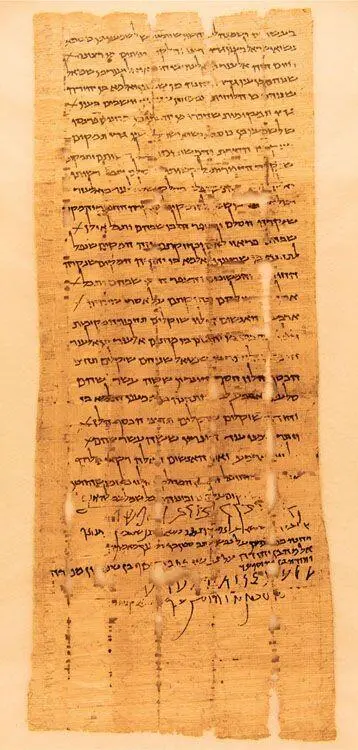
A more complete fragment of the Dead Sea Scrolls
Carbon dating puts the earliest of them at about 150 BC. Scholars think they were placed in the caves to hide them from the advancing Roman army. The people who wrote them were clearly a sect who had had enough of Jerusalem and segregated themselves from mainstream Judaism. They wrote about their lives and ideas, and about their belief in a Messiah. It’s these writings which are of particular interest to Christian scholars.
The scrolls contain all the books of the Hebrew Old Testament, except Esther and Nehemiah, many in several copies; religious texts which aren’t part of the standard canon, such as Enoch and the Book of Jubilees; and other religious texts and secular writings including lists of laws, advice on warfare and a catalogue of places where treasure was buried.
How on earth did these ancient writings on parchment and papyrus survive? It was all about location. They were hidden in caves in the Judaean Desert, at Khirbet Qumran on the north-western coast of the Dead Sea, a low-lying area with a dry climate. The story of their discovery is a great yarn, no doubt embellished and added to over the years, like all the best stories. In 1947 a Bedouin shepherd looking for a lost goat came upon these caves. He threw a stone into one to see if the goat was there, and he heard a strange noise. The noise turned out to be his stone hitting one of the clay jars containing some scrolls. He went in to investigate and found a broken jar with scrolls inside. He took the scrolls and brought them to an antique dealer in Bethlehem, and the antique dealer, realizing what he had in hand, told him to go back and bring some more. So he went and brought more, and these are the first seven scrolls, parts of which are exhibited at all times at the Shrine of the Book.
The goatherd’s name was Muhammad Ahmed al-Hamed, nicknamed Muhammad edh-Dhib. Another version of the story says that edh-Dhib’s cousin, Jum’a Muhammad, saw some cave holes one day and threw a rock in to find out how big they were. He discovered they were big enough to fit a man and told his cousin what he had found. Edh-Dhib went and had a look, fell into one of the holes and retrieved some scrolls from a pot.
Читать дальше
